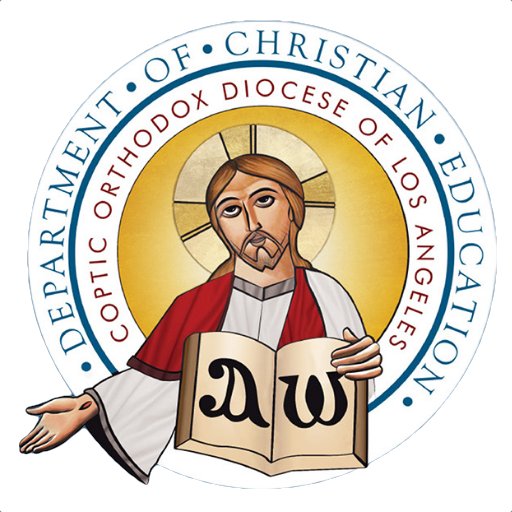Archdeacons
ARCHDEACON (ἀρχιδιάκονος)[1]
Duties
An archdeacon is the administrative head of the deacons.[2]
This rank came about as a necessity as the number of deacons and the ranks of those appointed to minor orders increased.
Since the middle ages, the archdeacon was selected and elevated by the bishop.[3]
Had a large role in the diocese, and even in many ordination prayers.[4]
He also held the keys to the church.[5]
Requirements
According to the medieval writings on rituals and rubrics, the archdeacon had to be a man of learning who was proficient in the faith, the reading and interpretation of the Scriptures and possessed a firm grasp of the rites and traditions (tuqūs) of the Church.[6]
Elevation and Vestments
The elevation of an archdeacon is “without the Laying on of Hands or the Breath [of the Holy Spirit],” since both of these rites were performed at his ordination as a deacon.[7]
Has same vestments of the deacon, with the stole on his left shoulder.[8]
[1] Deacon Severus M. Mikhail, “Notes on the Diaconate and the Liturgical Role and Rite of the (Full) Deacon”, Appendix, p. 17.
[2] In patristic and medieval practice, there was only one archdeacon within a diocese at any one time.
[3] During the patristic era in Alexandria (and presumably in other Egyptian dioceses as well), the archdeacon was internally selected and appointed by the deacons of the diocese themselves. St. Jerome, Epistle 146, at least in the case of Rome.
[4] In the middle ages, he was consulted on ordinations and, when the time came, he ceremoniously presented the candidate (to the various ranks of the clergy) to the bishop for ordination during the liturgy. Even in the priest ordination, it is the archdeacon who announces the name of the priest before the congregation.
[5] Fr. Tadros Malaty, Church: House of God, 154-155.
[6] See Muṣbāḥ al-ẓulmah (II.36-39, also see 8-9); Tarīb al-kahanūt. Chapter 48 of al-Jawharah al-nafīsah provides the clearest description of the medieval duties and functions of the office.
[7] See especially the al-Jawharah 77, and al-Tartīb al-ṭaqsī, pg. 227.
[8] As the guardian of tradition, the archdeacon was allowed to carry a staff as long as it did not have a cross at its summit. He also received a blessed oblation. Jawharah, 48; cf. ApostConst 8.31.
